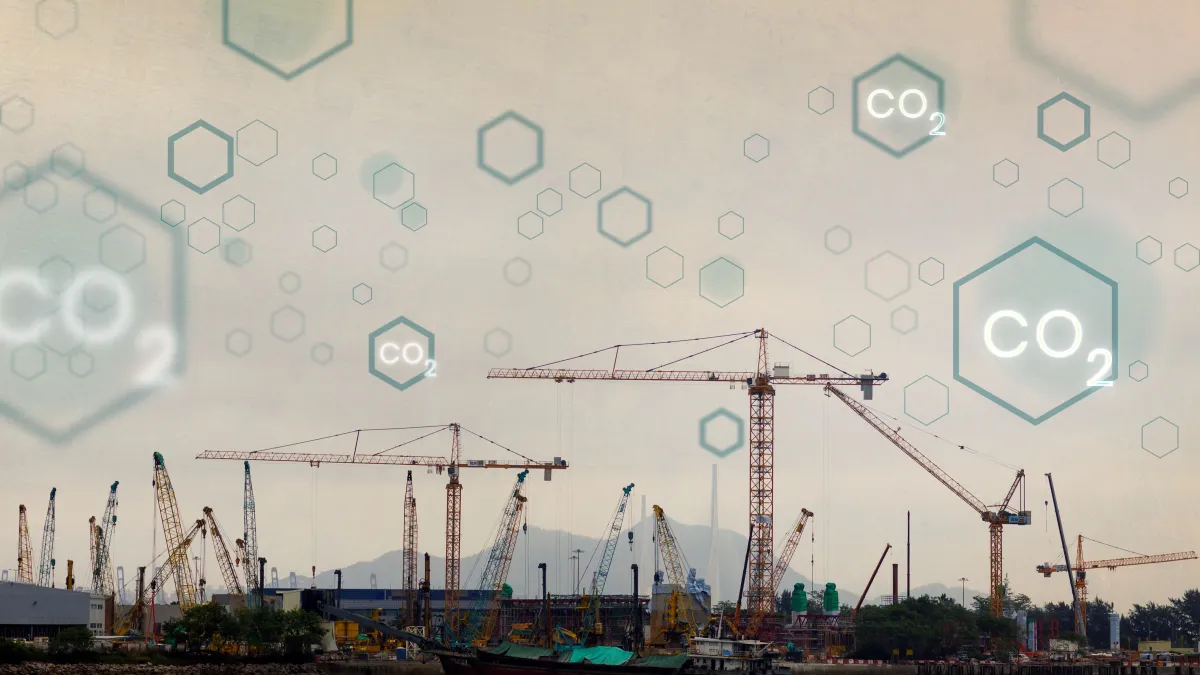
In order to build innovation capability and environmentally friendly construction technology to support the “Smart City” in line with government policies, another engine that is indispensable in the circular economy concept, based on the new BCG economic model is the building materials industry.
This is because this industry consumes a lot of resources and causes a considerable impact on the environment. Implementing circular economy principles in project planning, design, and construction methods with reduced environmental impact poses a serious challenge.
The driving mechanisms are as follows:
1-2 years
1. Accelerate the development of data/digital infrastructure of building materials;
2. Build a network of stakeholders, such as architects, construction material manufacturers, construction contractor, and Provincial Industrial Councils;
3. Promote the development of innovative building material products and environmentally friendly construction in the private sector, such as carbon-free technology and zero-pollution production processes.
3-5 years
1. Promote modular construction through government construction projects to reduce waste and pollution and develop continuous industries;
2. Determine sandboxes to promote modular construction in government construction sites such as tax measures and legal facilitation.
Beyond 5 years
1. Drive the concept of sustainable urbanization structure.
The results are expected to bring about innovation and technology and environmentally friendly construction with increased resource utilization efficiency. It is also expected to reduce greenhouse gas emissions, solve environmental pollution problems, and create jobs and income for people in the community.